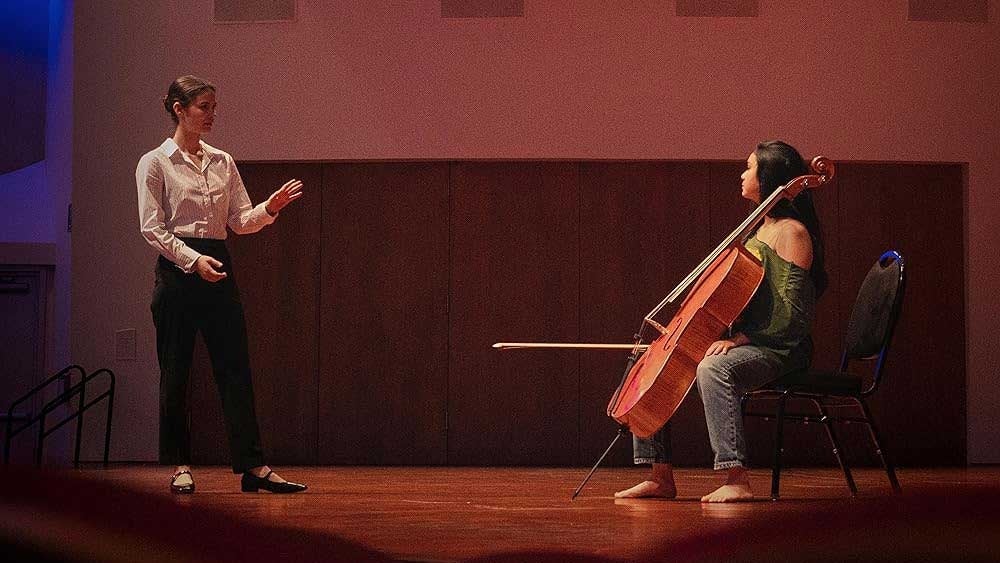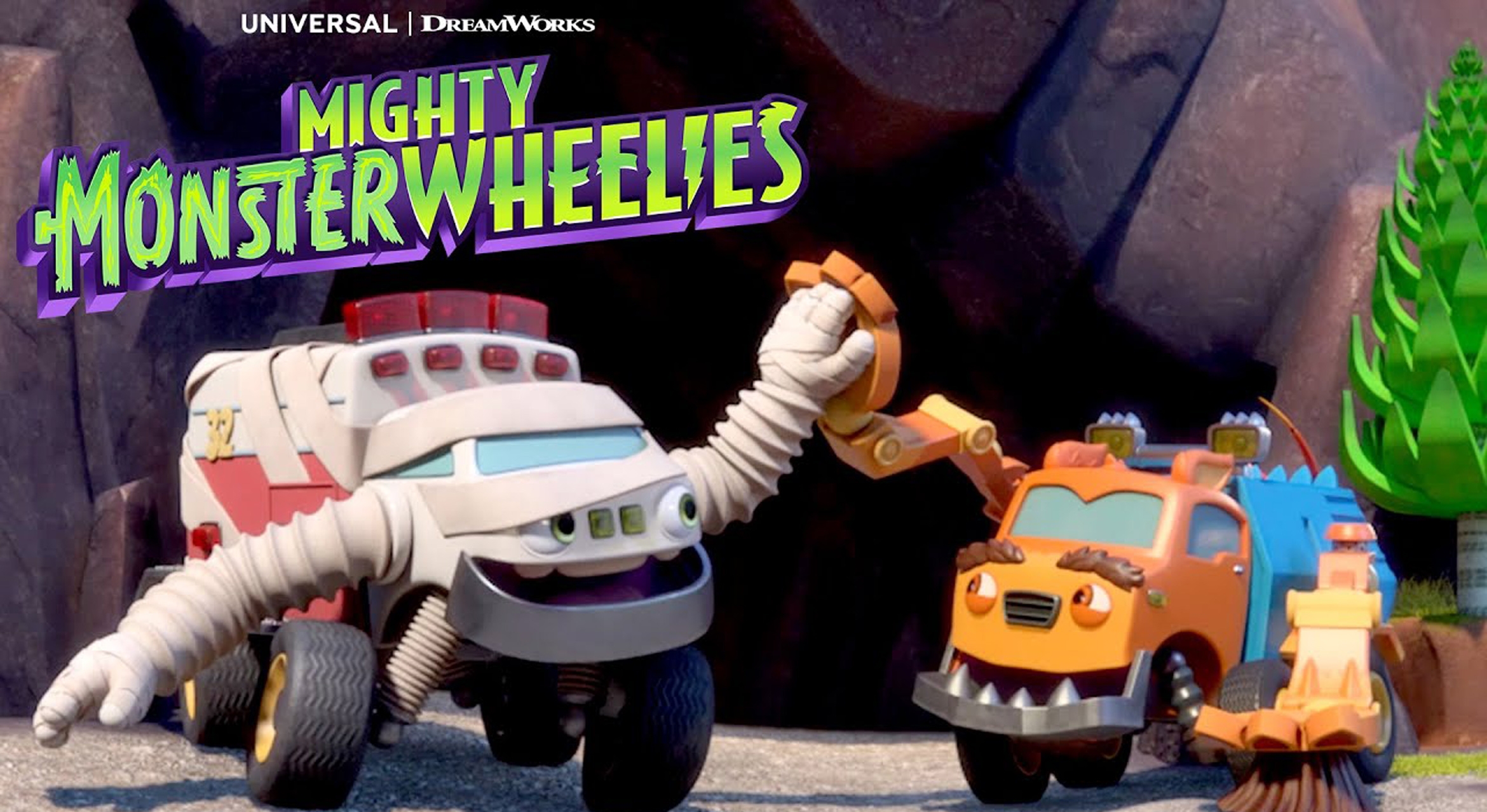‘Partnership and Collaboration’
Talk about a perfect match.
Spurred by a common mission of public service, and a mutual aim to foster public engagement with what’s known in education circles as STEAM (science, technology, engineering, arts and mathematics), UC Santa Barbara is teaming on a unique project with MOXI, The Wolf Museum of Exploration + Innovation.
The innovative endeavor meant to give the community direct access to top-level arts and science is a joint effort of UCSB’s AlloSphere Research Group and Laboratory and the Media Arts and Technology (MAT) graduate program, and the new interactive science museum anticipated to open in downtown Santa Barbara in late 2016. UCSB’s JoAnn Kuchera-Morin will direct the AlloSphere team in the design and creation of the first installation for the museum’s interactive media space, featuring her own “Hydrogen-Like Atom” installation, as well as other pieces.
“This is an ideal way for a nonprofit and a nonprofit to come together to advance education reform at the intersection of arts and science in a way that gets the public involved and gives them a voice,” said Kuchera-Morin, founder and director of the AlloSphere and a professor of media arts and technology. “This has been a very exciting collaboration, and hopefully this is only the beginning.”
Steve Hinkley, MOXI’s president and CEO, concurred.
“This is a big deal,” Hinkley said. “It’s a wonderful example of what partnership and collaboration can be about. We’ll get to show off local talent that’s changing the world and provide a greater experience for our guests and show them things they’ve never seen before. And in that way we’ll deliver on our promise to change the way people see the world and understand science and how they interact with it in their everyday lives.”
The vision for the pilot outing is to grow the local STEAM community and test a collaborative model that potentially could be replicated by other programs at UCSB and other arts and service organizations on the Central Coast.
The novel arrangement will see AlloSphere Research Group bring its deep expertise in teaching, curating and designing technology into MOXI’s dedicated, 1,000-square-foot media space by way of visual, aural and interactive content. And it will all be presented via a unique technology platform designed by Kuchera-Morin and her team expressly for the museum.
That platform is being modeled on the AlloSphere itself — UCSB’s one-of-a-kind immersive, and massive, 3-D research lab. Built inside a three-story, nearly echo-free space, the 30-foot-diameter sphere simulates reality with its 360-degree projection of visual and aural data, sensing and camera tracking — Kuchera-Morin’s unique design. Able to represent phenomena and scales subatomic to universal, it allows for insights into places researchers can’t physically go, from a hydrogen atom to the human brain.
Scaled for the smaller space, the version planned for MOXI, Kuchera-Morin said, will feature a “semi-immersive” screen and a two-projector system with a computational platform that is “simple but elegant, so that other members of the global media arts community can bring content into the space as well.” On top of all that, she added, the room is being designed to be “flexible enough that anything can be configured in there.”
“It’s really exciting that we have this opportunity to help build and, with experts from our respective institutions, develop a collaborative portal that will allow us to bring our work into the community,” said Kuchera-Morin, who aspires to education reform that emphasizes art and design as core elements of science, technology, engineering and mathematics. “We’re hoping to educate the public in what we do as artists and scientists. That’s the whole idea, and we’re really excited about it.”
It’s all in the interest of the two entities’ shared priorities of outreach, engagement and education for the community at large.
“It’s a fairly lofty goal to be a museum of exploration and innovation, so we want to make sure we’re connecting to that, and nobody embodies it better than UCSB and the MAT team,” Hinkley said. “Hopefully what the AlloSphere group gains is a lab and a partner who is willing to experiment with them as they develop new technology, new techniques and new discoveries — and a place to test it.
“As a museum we get to tell great stories about science and innovation, and this is one unique case where we get to participate, too,” Hinkley added. “What I’m hoping can be developed is something that can serve as a model of how museums can interact with academic institutions and that partnership between formal and informal education spheres is something that can be quite powerful. I hope we can develop something and illustrate off the bat that when two fun, engaging and experimental organizations get together, they can create some really wonderful things.”





